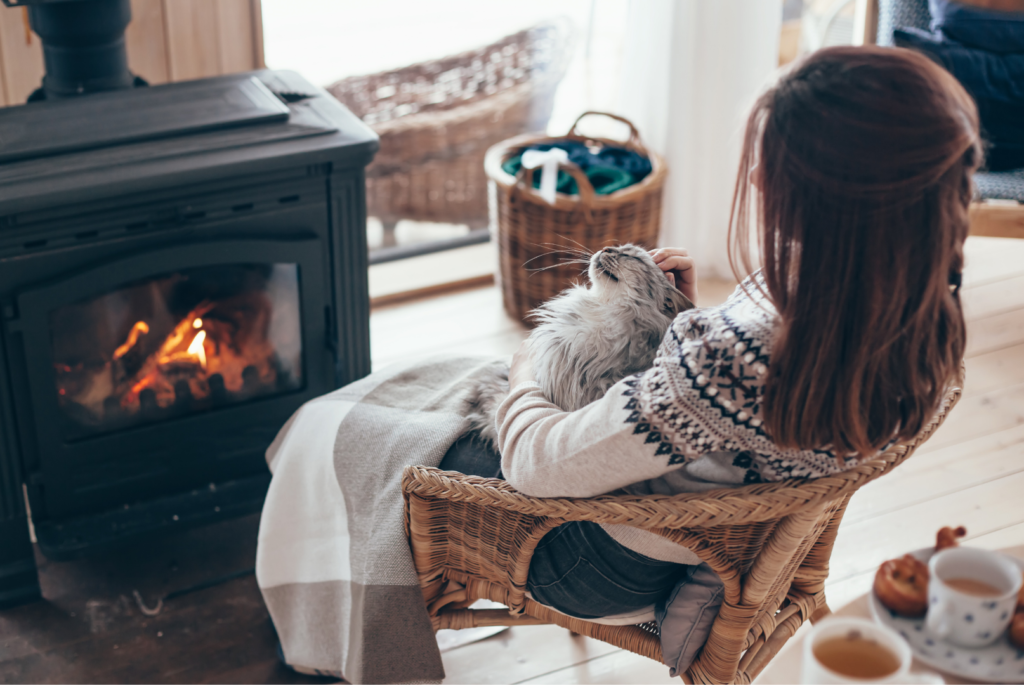Carbon monoxide (CO) is a colorless, odorless, tasteless gas that is poisonous to humans and pets. Burning fuels such as gasoline, propane, kerosene, and wood releases CO. Carbon monoxide replaces the oxygen in your blood when you breathe it, so too much can be deadly. Every year in the US, CO poisoning is responsible for thousands of ER visits and over 400 deaths. While anyone can experience CO poisoning, children, seniors, and pets are more susceptible. CO poisoning is most prevalent in Ohio during the winter months due to the increased use of fuel-burning equipment for warmth. With cold weather approaching, make sure you know how to protect your loved ones from carbon monoxide poisoning.
Common household situations that can expose you to carbon monoxide include:
-
- Malfunctioning stoves, furnaces, heaters, or other appliances
- Poorly maintained fireplace flues
- Improper ventilation of fuel-burning equipment
- Vehicles idling indoors
Preventing Carbon Monoxide Poisoning
Fortunately, carbon monoxide poisoning is very preventable. Here are some quick tips to help you keep your family safe:
-
- Maintain fuel-burning appliances such as furnaces and water heaters by having them professionally inspected and serviced annually.
- Only preheat gas-powered vehicles outdoors. Don’t allow a vehicle to idle inside the garage, even if the overhead door is open.
- Use gas-powered equipment in open, outdoor areas at least 20-feet away from the house.
- Do not operate unvented fuel-burning heaters indoors.
- Make sure vents and chimneys are not damaged or blocked during home renovations.
Even after taking every precaution, your household may still be exposed to carbon monoxide. And because CO is virtually undetectable to humans, carbon monoxide detectors are the best way to prevent overexposure.

Carbon Monoxide Detectors
If you opt to install CO detectors yourself, keep the following in mind:
-
- Only choose UL Listed devices.
- Install at least one CO detector per floor and in attached garages.
- Locate CO detectors near bedrooms so your family can hear the alarm while sleeping.
- Place CO detectors on the wall about 5 feet above the floor. You may place them higher to keep them out of reach of children and pets.
- Avoid installing CO detectors near: direct sunlight, humid areas, air-blowing sources such as vents and fans, and close to fuel-burning appliances.
For best results, contact Northwestern Ohio Security Systems to professionally install USA-made carbon monoxide detectors in your home. Our 24/7 monitoring center will alert authorities to dispatch first responders right away in the event the system detects elevated levels of CO. And you can manage all our detectors with the Virtual Keypad app. To learn more, contact us at 800-833-6416 or schedule a free on-site consultation.
References:
Where should I place a carbon monoxide detector? by the United States Environmental Protection Agency
FAQ’s about Carbon Monoxide Poisoning by the Centers for Disease Control & Prevention

